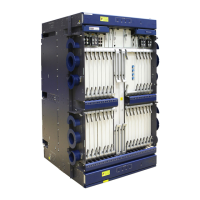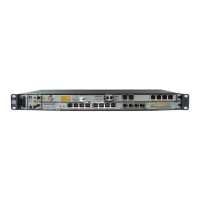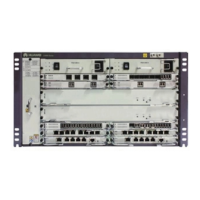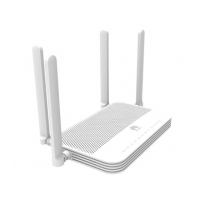TP48120A-HD15A1, TP48120A-HD15A2,
TP48200A-HD15A1, and TP48200A-HD15A2 Telecom
Power
User Manual
Copyright © Huawei Technologies Co., Ltd.
Measures
1. Check whether the AC overvoltage alarm threshold is properly set. If no, adjust it to a
proper value.
2. Check whether the AC input voltage exceeds the AC overvoltage alarm threshold (280 V
AC by default). If yes, handle the AC input fault.
4.2.3 AC Under Volt
Possible Causes
The AC undervoltage alarm threshold is not set properly on the SMU.
The power grid is faulty.
Measures
1. Check whether the AC undervoltage alarm threshold is properly set. If no, adjust it to a
proper value.
2. Check whether the AC input voltage is below the AC undervoltage alarm threshold (180
V AC by default). If yes, handle the AC input fault.
4.2.4 DC Over Volt
Possible Causes
The DC overvoltage alarm threshold is not set properly on the SMU.
The power system voltage is set too high in manual mode.
Rectifiers are faulty.
Measures
1. Check whether the DC overvoltage alarm threshold (58 V DC by default) is properly set.
If no, adjust it to a proper value.
2. Check whether the system voltage is set too high in manual mode. If yes, confirm the
reason and adjust the voltage to normal after the operation.
3. Remove the rectifiers one by one and check whether the alarm is cleared. If the alarm
still exists, reinstall the rectifier. If the alarm is cleared, replace the rectifier.
4.2.5 DC Under Volt
Possible Causes
An AC power failure occurs.
The DC undervoltage alarm threshold is not set properly on the SMU.
The system configuration is not proper.
The power system voltage is set too low in manual mode.
Rectifiers are faulty.
Measures
1. Check whether an AC power failure occurs. If yes, resume the AC power supply.

